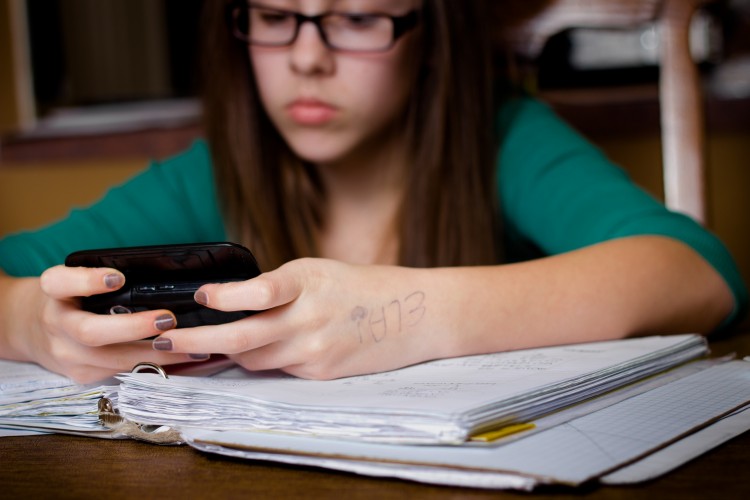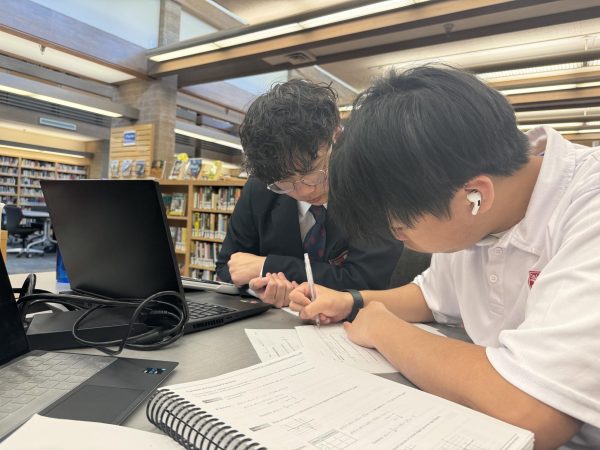Social Media, what the people have to say
The rise of social network technology has revolutionized many industries. The classroom is perhaps the most controversial place for internet consumption. Parents, teachers, educators alike, blame social media for distracting the students and worsening academic performances. On the other hand, Services like Twitter and Youtube are frequently used by students and teacher for meaningful purposes. Homework assignments are being distributed via social network at times and teachers give announcement through the services also.
In addition, some statistics on how social media technology is changing the classroom are presented below: about a third of all schools in North America has some kind of online community; about 96% of students who have internet connection have some sort of social media profile; out of the 96% who use social networks in school, 59% use them for educational purposes.
Studies in Portland, Oregon also indicate a drop in absenteeism and an increase in average grades related to the use of social media.
What is the place for social network in school? Social media plays a transformative role in the lives of people. The methods of social media to deliver information is various and the speed which the delivering occurs is also astounding. Members of the St. George’s community voiced their opinion.
“It is largely distracting to the students because they might just divert their attention to Facebook when they are supposed to focus in class,” Eric Hong, grade 11 student, told the Creed.
“It is way too tempting.”
However, while criticisms of social media in school exist, the positive benefits the network brings are also noted.
“Well, students can communicate with each other on academic issues this way,” boarding student David Yang voiced his opinion.
Mr. Ryan Chapman, Social Studies teacher, said that social network can be helpful to students’ academic life when used with a sense of purpose, and that “[As a teacher,] social media is a great way to reach out to the students.”
While statistics imply the positive benefits that social media brings, fundamentally, the presence of this tool still disturb the students when completing tasks that require the utmost attention. Lines of thoughts are broken when a Facebook message appear on one’s lock screen. As indicated earlier, the urge of wanting to check that one message is too strong. The quality of students’ after school studying degenerates because of this. Therefore, over a period of time, academic performance of students drops because the constant distraction from their ever connected social media. In short, the social network assists education when services are used to complete creative tasks and when is it limited within a specific online classroom community or hub, which can distributed academic resources and instructions. However, the negative effect of social media is that the distractions created by these services are hurting individuals’ daily progress.
Some components sourced from Edudemic.com.

Horatio Chiang is the real life Han Han, eleventh grader at St. George's School. Han is new to St. George's and feels fortunate and privileged to be involved...









